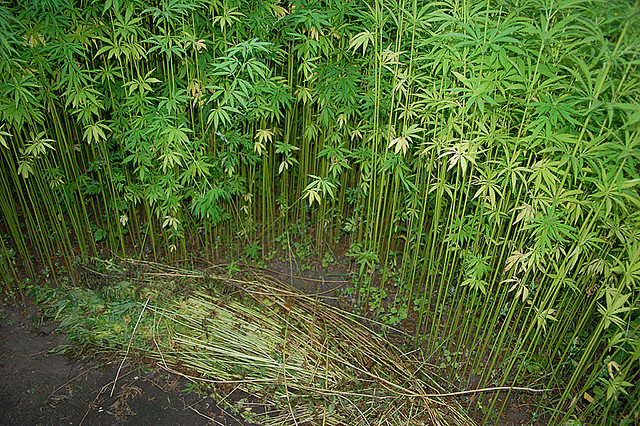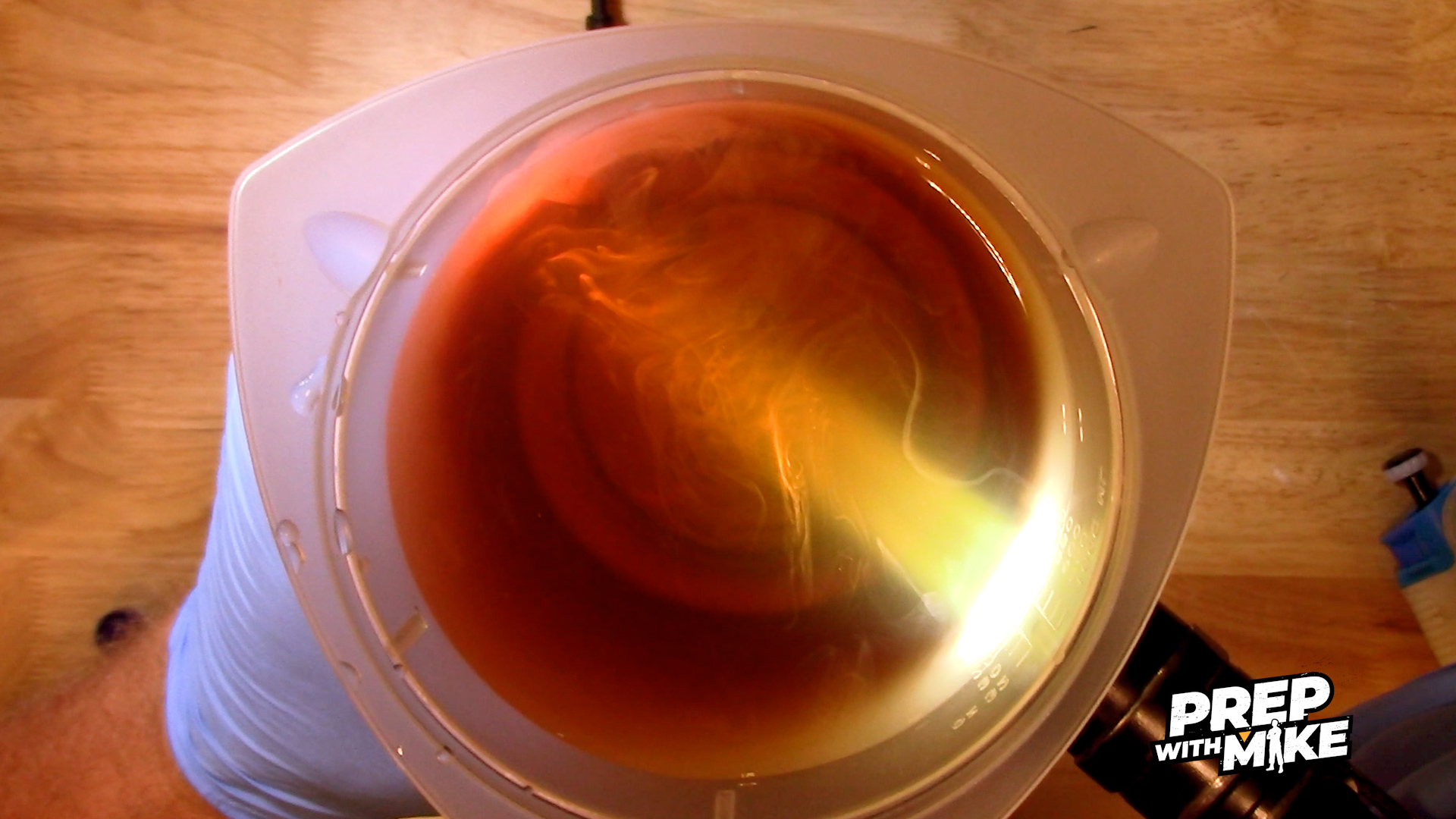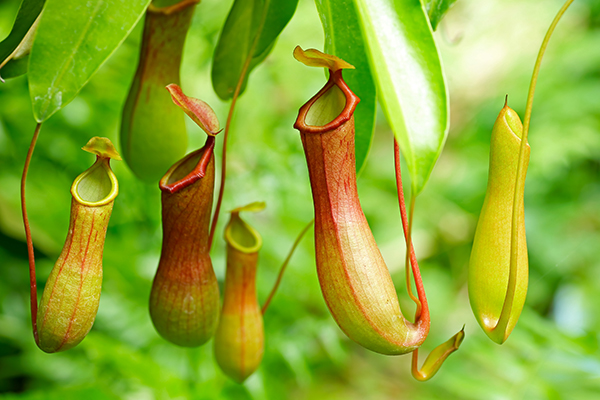A truly versatile crop: HEMP batteries can be a more powerful alternative to graphene or lithium batteries
10/08/2020 / By Virgilio Marin

Hemp, the non-psychoactive variety of the Cannabis sativa plant, may soon power a smart device near you. Researchers say that not only can hemp be used to power devices, but it may also be a more powerful alternative to lithium and graphene batteries.
Hemp-based nanosheet better than graphene
In a study published in the journal ACS Nano, Canadian researchers posited that supercapacitors made from the waste fibers of hemp may be “on par with or better than commercial graphene-based devices.”
Supercapacitors are energy storage devices that rapidly discharge their entire load. For that reason, they’re often favored over conventional batteries when running machines that require sharp bursts of power.
Meanwhile, graphene – an atom-thin synthetic carbon material considered to be one of the thinnest, strongest and most conductive for electricity and heat – is seen a promising material for supercapacitors and batteries.
In their study, the researchers heated up the leftover fiber found in the inner bark of the hemp stalk and transformed it into a carbon nanosheet. They called this new material a “pseudo-graphene” after finding that it could operate at a wide range of temperatures and store a lot of energy with so little mass. (Related: The Many Environmental and Health Benefits of Hemp.)
When they using it to build a supercapacitor, they found that it could store a maximum of 12 watt-hours per kilogram of energy. This higher than what most commercially available supercapacitors can store.
“People ask me: why hemp? I say, why not?” said co-author David Mitlin, a professor of mechanical engineering at the University of Texas at Austin.
Using hemp to make batteries and supercapacitors offers advantages that are absent when using synthetic materials. According to Mitlin, the fiber-based nanosheet costs only a thousandth of the price of graphene. On top of that, it’s made of recycled materials.
“[You] can do really interesting things with biowaste,” he said. For instance, he explained how banana peel could be transformed into a block of carbon, a “pseudo-graphite” that could be used for sodium-ion batteries.
Hemp battery performs better than lithium battery
In his own study, U.K.-based graphene researcher Robert Murray-Smith compared the performance of hemp and lithium batteries and found that the former performed much better.
To compare the batteries, Murray-Smith separately connected them to an electric circuit. He then monitored three metrics over the course of 30 minutes: ampere (amp), volt and volt by amp (volt-ampere) curves.
Amp is the unit of measurement for electric current while volt is the unit of measurement for voltage, or the electric force that facilitates the flow of electricity. Volt by amp refers to the “apparent power” drawn by a piece of equipment and is commonly used to simplify power ratings.
Results showed that the hemp cell generated 31 volt-ampere while that of the lithium cell only had 4 volt-amperes. Based on this, Murray-Smith concluded that the hemp cell performed “significantly better” than the lithium cell.
Should hemp-based “pseudo-graphene” end up being used in batteries, it’ll add to the considerable, energy-related uses of this plant.
Besides its possible application for batteries, hemp is already a good source of biodiesel and ethanol – the two most common types of biofuel in use today. Hemp seed is consists of around 30 to 35 percent oil by weight, which translates to a fuel yield of around 780 liters per hectare. Though that’s lower than palm oil and coconut, it’s four times that of soybean and over twice that of rapeseed, peanut and sunflower. Meanwhile, the rest of the plant can be made into ethanol.
Learn more about the potential applications of hemp HempScience.news.
Sources include:
Tagged Under: battery, BioFuel, biowaste, breakthrough, discoveries, energy, future tech, goodtech, Graphene, hemp, hemp battery, innovation, lithium battery, power, recycled, uses of hemp
RECENT NEWS & ARTICLES
COPYRIGHT © 2017 SCIENTIFIC NEWS




















